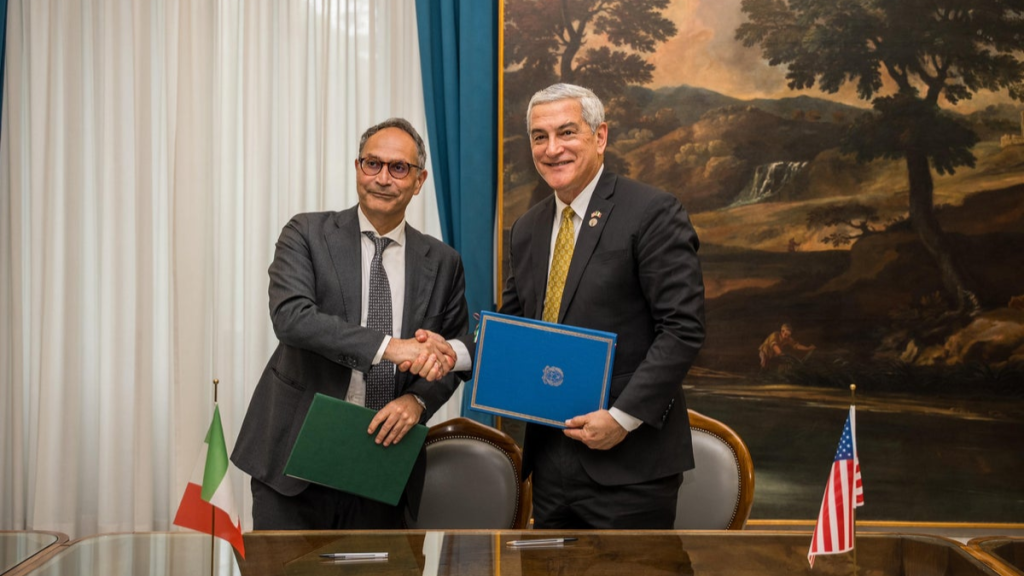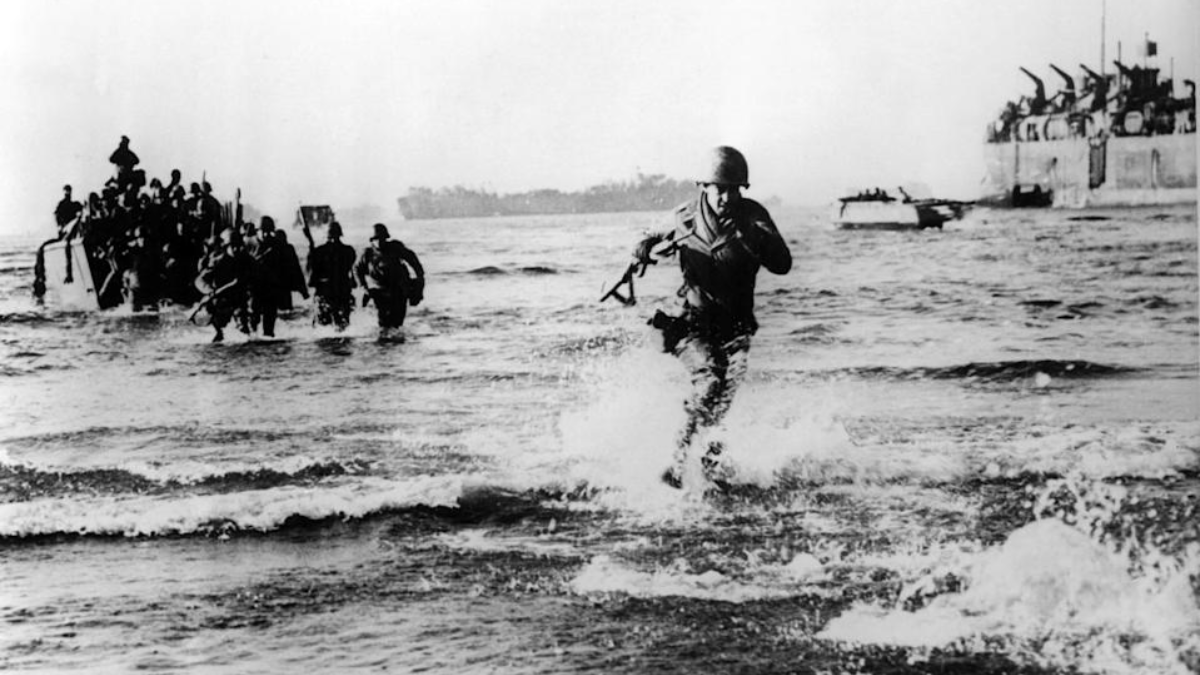Rome, Italy — In a solemn and cooperative effort bridging decades and continents, the United States and Italy have renewed their commitment to recovering the remains of American soldiers who went missing during World War II.
This ongoing mission reflects not only a dedication to honoring those who sacrificed their lives but also a deepening of diplomatic and humanitarian ties between the two nations.
As the world marks more than 80 years since the end of World War II, thousands of American servicemen remain unaccounted for, their final resting places lost amid battlefields and remote regions of Europe.
Italy, a major theater of war during the conflict, has been a critical site for recovery efforts, with U.S. and Italian agencies collaborating closely to locate, identify, and repatriate fallen soldiers.
Historical Context: WWII Battles in Italy and Missing Soldiers
Italy played a pivotal role in the European theater during World War II. From 1943 to 1945, intense fighting took place across the Italian peninsula as Allied forces battled Axis troops for control.
The Italian Campaign involved numerous battles, including the infamous fight for Monte Cassino, the Anzio beachhead landings, and the liberation of Rome.
Despite the eventual Allied victory, the war’s toll was heavy. Thousands of American soldiers lost their lives on Italian soil, and many went missing amid the chaos of battle. Over the decades, efforts to recover these missing soldiers’ remains have been a solemn priority for the U.S. government and families alike.
U.S.-Italy Partnership in Recovery Efforts
The joint initiative between the U.S. and Italy is coordinated by multiple agencies, including the American Defense POW/MIA Accounting Agency (DPAA) and Italy’s Ministry of Defense and local authorities. The DPAA’s mission is to locate, recover, and identify missing personnel from past conflicts and provide closure for families.
Italian officials have welcomed and supported these efforts, granting access to historical sites, archaeological expertise, and logistical support. This collaboration allows for thorough investigations and excavations in areas long inaccessible or unexplored.
In recent years, the partnership has led to several successful recoveries. Notably, remains found near battlefields in central Italy have been identified using advanced forensic techniques such as DNA testing, dental records, and personal artifacts.
These identifications enable the remains to be returned to families for proper burial and memorialization.

The Recovery Process: From Battlefield to Repatriation
Recovering the remains of WWII soldiers is a complex and delicate operation. Teams of American and Italian experts carefully examine historical records, aerial photographs, and eyewitness accounts to pinpoint possible burial sites.
Once a site is located, archaeologists and forensic anthropologists conduct meticulous excavations, mindful of preserving any artifacts or remains. Every find is cataloged, and extensive laboratory work follows to establish identity and cause of death.
After identification, the remains are transported back to the United States for final military honors and burial, often in national cemeteries dedicated to those who served. The process not only provides closure for families but also ensures that the sacrifices of these soldiers are remembered in perpetuity.
Importance of Honoring Missing Soldiers
The recovery of missing soldiers is more than a logistical or military endeavor; it is a profound moral obligation. Families of missing servicemen have often waited decades for news of their loved ones, living with the uncertainty and grief of unanswered questions.
By locating and identifying these soldiers, the U.S. government fulfills a promise made to every service member—that none will be forgotten or left behind. This commitment reinforces national values of respect, honor, and remembrance.
Moreover, the joint efforts with Italy symbolize the enduring friendship between the two countries, forged in the fires of war and sustained by shared ideals. It highlights how history continues to shape present-day relations and the importance of collaboration in preserving collective memory.
Challenges and Future Prospects
Despite successes, challenges remain. Many battle sites are difficult to access due to terrain, urban development, or lack of detailed historical records. Additionally, decades of environmental changes can complicate recovery efforts.
Nevertheless, technological advancements are aiding the search. Ground-penetrating radar, DNA analysis, and 3D mapping provide unprecedented tools for locating and identifying remains.
Both the U.S. and Italy are committed to expanding these efforts. Plans include increasing funding, enhancing training for recovery teams, and fostering community awareness to identify potential sites. Local residents often provide valuable information, recalling oral histories or family stories linked to wartime events.
Conclusion
The collaboration between the United States and Italy to recover the remains of missing American WWII soldiers stands as a testament to enduring respect and gratitude. More than 80 years after the end of the conflict, this mission continues to bring closure to families and preserve the legacy of those who fought for freedom.
As these efforts proceed, they not only honor the past but also strengthen international bonds and affirm shared commitments to remembrance and justice. Each recovered soldier is a story reclaimed from history, ensuring they are no longer lost to time.
For those seeking more information on the Defense POW/MIA Accounting Agency’s work and updates on recovery efforts, visit https://www.dpaa.mil.
Disclaimer – Our team has carefully fact-checked this article to make sure it’s accurate and free from any misinformation. We’re dedicated to keeping our content honest and reliable for our readers.
